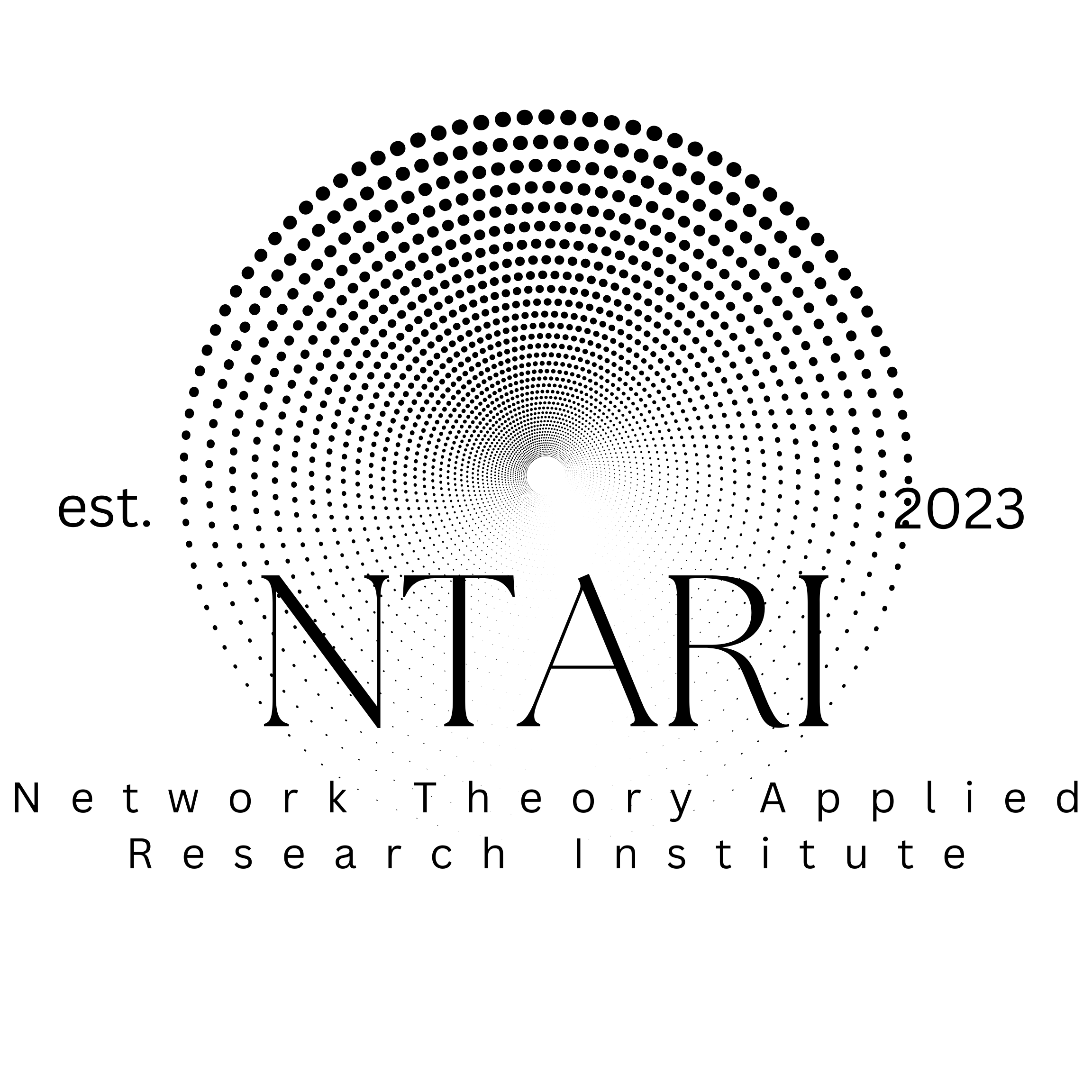Beyond Terraforming: How Collaborative Planetary Development Could Change Everything
- the Institute
- May 13
- 3 min read

You've seen it in sci-fi movies and games: barren Martian landscapes transformed into lush habitable worlds, or devastated Earth environments restored to natural beauty. This concept of reshaping planets to suit human needs — terraforming — has captured our imagination for decades. But what if the real future of planetary development isn't about engineering environments alone, but about engineering how we work together across an entire world?
From Science Fiction to Science Reality
In stories like The Expanse, Dune, or games like Civilization: Beyond Earth, terraforming typically follows a familiar pattern: powerful organizations or visionary leaders direct massive engineering projects to transform a planet's atmosphere, temperature, and ecology. It's portrayed as primarily a technical challenge requiring the right technology and enough resources.
Real planetary development—whether restoring Earth's damaged ecosystems or someday making Mars habitable—will require something more fundamental: revolutionary new ways for humanity to collaborate at planetary scale.
The Planetary Web: We're All Connected
Imagine Earth (or Mars) not just as a physical sphere, but as an intricate web of connections—between people, organizations, ecosystems, and resources. This isn't just a metaphor; it's a practical way to understand how complex systems like planets actually function.
When scientists study these webs, they call it "network theory." The basic idea is simple: everything connects to everything else, often in surprising ways. A decision made in one part of the network ripples outward, affecting seemingly unrelated areas.
For example, when Brazilian rainforests are cleared, it doesn't just affect local wildlife—it alters global weather patterns, affects oxygen production, and impacts food systems thousands of miles away. Our planet is one vast, interconnected network.
The Wisdom of the Many: Collective Intelligence

In traditional terraforming stories, brilliant scientists or powerful leaders make the key decisions. But real planetary challenges are too complex for any single mind—or even any single organization—to fully grasp.
This is where "collective intelligence" comes in. It's the idea that properly connected groups can solve problems better than even the smartest individuals working alone. We see this principle at work in:
Wikipedia, where millions of contributors create knowledge more comprehensive than any single expert could
Open-source software, where distributed developers create systems more robust than traditional teams
Citizen science projects, where ordinary people help process vast amounts of environmental data
When applied to planetary development, collective intelligence means tapping into the observations, ideas, and efforts of billions of people—not just a select few experts or leaders.
The Network Society: New Rules for a Connected World
As our global connections grow stronger and more numerous, they're changing how society itself functions. Sociologists call this emerging reality a "network society"—one where
connections between people matter more than traditional hierarchies or boundaries.
In a network society, influence comes not from position, but from connections. Information flows not through official channels, but through complex social webs. And most importantly, change happens not through top-down commands, but through the spread of ideas and practices across the network.
For planetary development, this means that the most effective approaches might not come from national governments or international treaties, but from interconnected communities sharing solutions that work.
What Collaborative Planetary Development Looks Like
So what does all this mean in practice? How would collaborative planetary development actually work? Here are some examples already emerging:
Global Sensing Networks
Distributed networks of sensors—many operated by ordinary citizens—constantly monitor environmental conditions worldwide, creating a "planetary nervous system" that detects problems faster than traditional methods.
Distributed Decision-Making
Instead of centralized authorities making all planetary decisions, nested networks of governance allow decisions to be made at the appropriate level—local when possible, global when necessary.
Radical Transparency
All environmental data and decision-making becomes visible to everyone, allowing for real-time feedback and adjustment. When everyone can see what's happening to the planet, everyone becomes invested in solutions.
Solution Sharing
When a community develops an effective approach to restoring ecosystems or managing resources sustainably, that knowledge spreads rapidly through global networks, allowing others to adapt it to their local contexts.
Planetary Learning Systems
The successes and failures of each local initiative feed into global knowledge bases, creating ever-more-effective approaches through a kind of planetary trial-and-error.
From Terraforming to "Terraforming Together"
The traditional vision of terraforming assumes we'll reshape planets through brute technological force. Collaborative planetary development suggests instead that we'll succeed by reshaping how we work together.
This shift in thinking applies whether we're talking about restoring Earth's damaged systems or someday making Mars habitable.
The technology matters, certainly—but the connections between the people using that technology may matter even more.
In the end, the most powerful force for planetary transformation isn't a terraforming machine. It's a network of billions of humans working together in new ways, their collective intelligence focused on planetary flourishing.
The future of planets—whether Earth or beyond—may depend less on engineering environments and more on engineering how we collaborate across them. Not terraforming, but terraforming together.






Comments